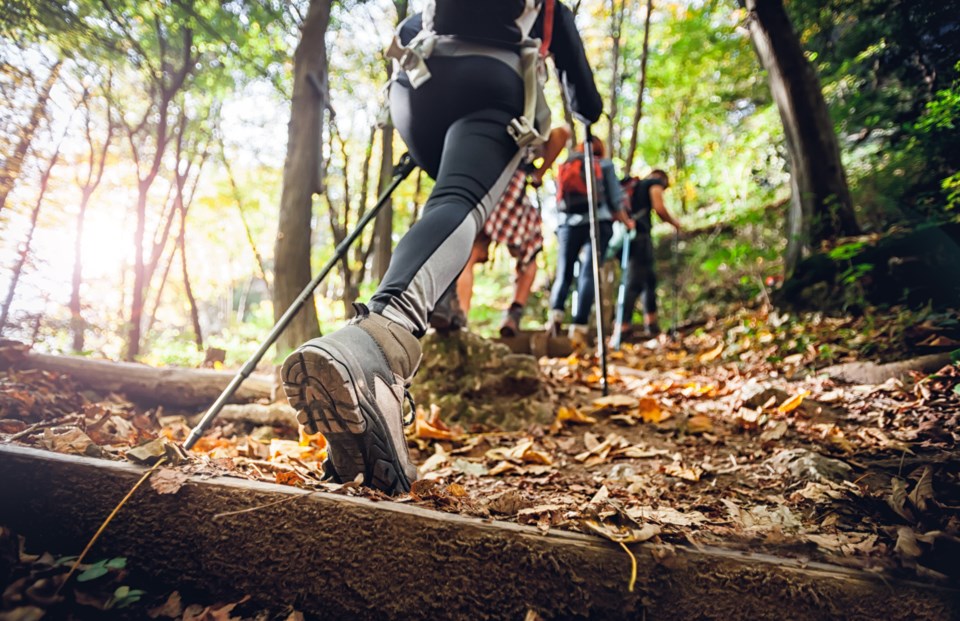Over the past year I have noticed a renaissance of sorts, a return to the days of pilgrimage and journeys on foot. More and more people are discovering or re-discovering the joy and growth of the hiking trails.
Be it exploring our local gems or setting off on a historic backpacking route, how you prepare your body and your gear will likely determine the nature of the adventure that lies ahead.
They Say It's Not Starvation That Killed the Hiker but the Rock in Their Shoe
From blister cushions, to Moleskin, Band-Aids, and insoles, what should be going in your shoes is always going to be unique to your feet and may change over time.
High pressure and friction points should be addressed first and foremost with the right insole. Whether it’s off the shelf or custom made, the insole you wear should show even signs of wear across the top which means that each part of your foot is bearing weight evenly. High pressure spots are more likely to callus, blister and develop pain, so it’s important to ensure your foot is working how it was designed to.
On Footwear
The footwear you choose will depend on the duration of your trek and the ground you're tromping. Even ground and lighter days usually call for a supportive walking or running shoe. What supportive means will be unique to a person's needs, but in general shouldn't bend in the middle of the arch, should have some stiffness to the heel counter, and should have a rocker sole.
For longer days and rougher terrain, its usually best to have a boot with ankle support and a rigid rocker sole to offer you more control of your next step. My personal favourite is the Lowa Renegade, which comes in wide widths. For more narrow feet I often recommend the Scarpa Kinesis or the Zamberland Guide/Amelia. The stiffness and shape of the soling is sure to keep you moving forward, while the supportive Goretex upper will keep you dry for all your trips to come.
Jumping in Feet First
Depending on your level of experience and the duration of your trip, pre-conditioning may be necessary to keep you from hobbling. For longer treks, it is best to plan time before your departure to break-in your footwear, make adjustments to your insoles (remember we want that even wear pattern), and get your body in shape.
Recovery is a normal part of a longer trek, but we can minimize the pain of the early days by gradually exposing the body to longer days on the trail, building our strength and endurance.
Activities such as yoga and tai chi are also great pre-conditioning activities to build core strength and stability which are important to keep you upright while navigating changes in the terrain.
Whether you’re just getting started into activity, a weekend warrior, or a competitive athlete being prepared with the correct equipment and knowledge will allow you to put your best foot forward into your activities.
Our team here at The Stride Clinic is passionate about helping our clients stay active. We have a wide range of tools, like our 3D Gait Technology, hand-made custom orthotics, and specialized footwear that help us to help you.
If you want to learn more about taking care of your feet while you are enjoying your favourite activities, visit us online or call our Barrie clinic at (705) 735-1013 or our Orillia clinic at (705) 326-5808.
